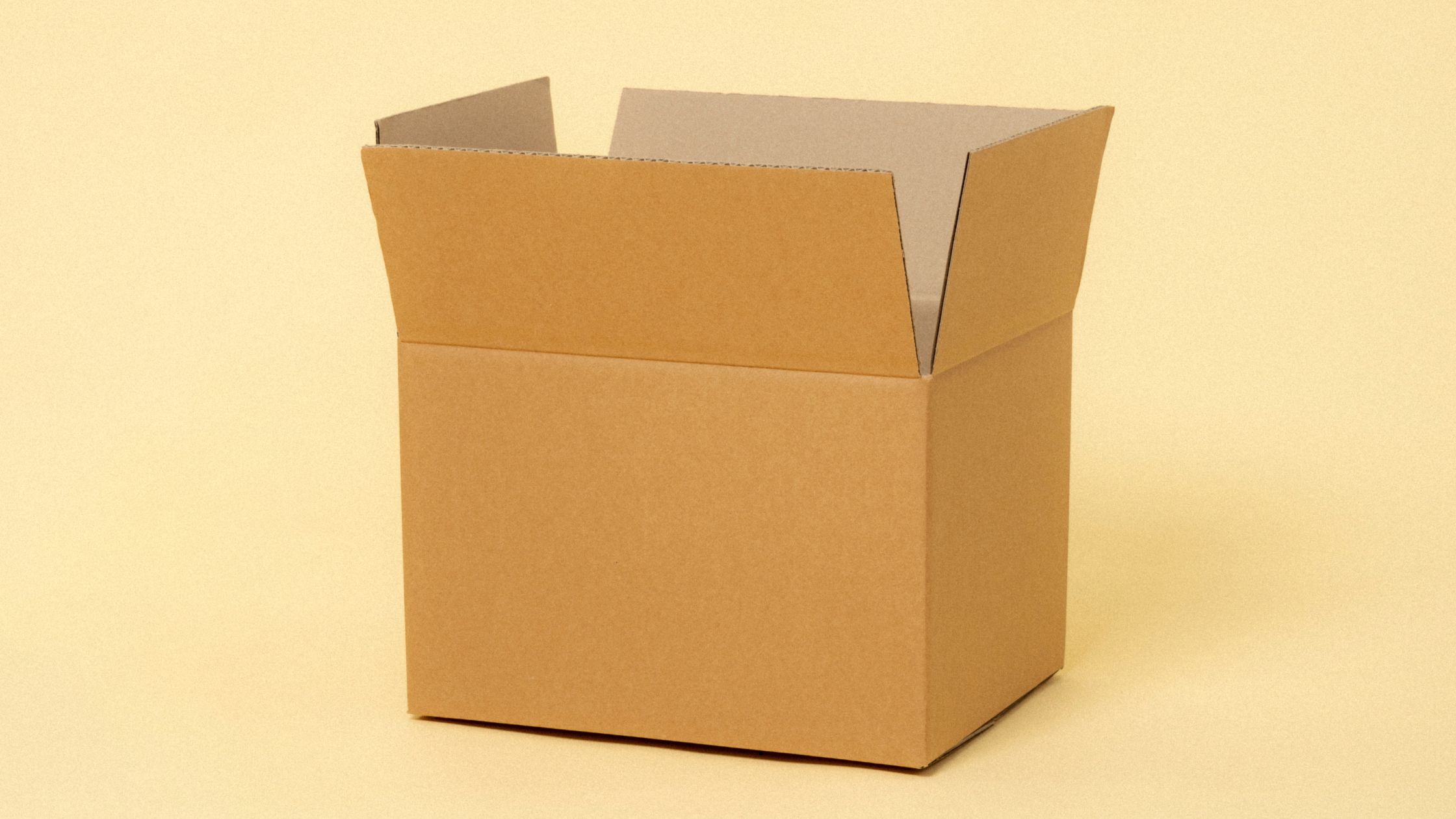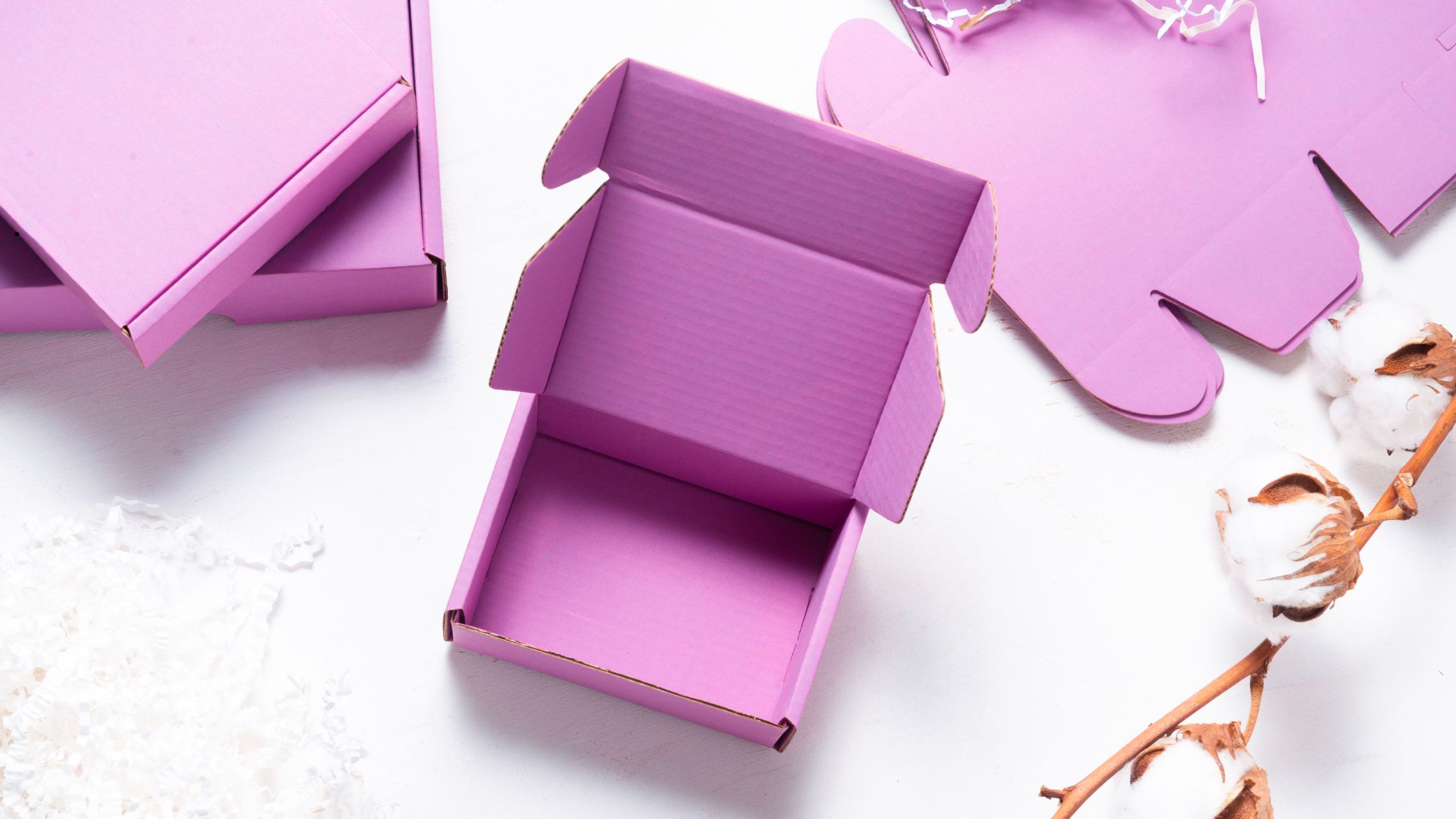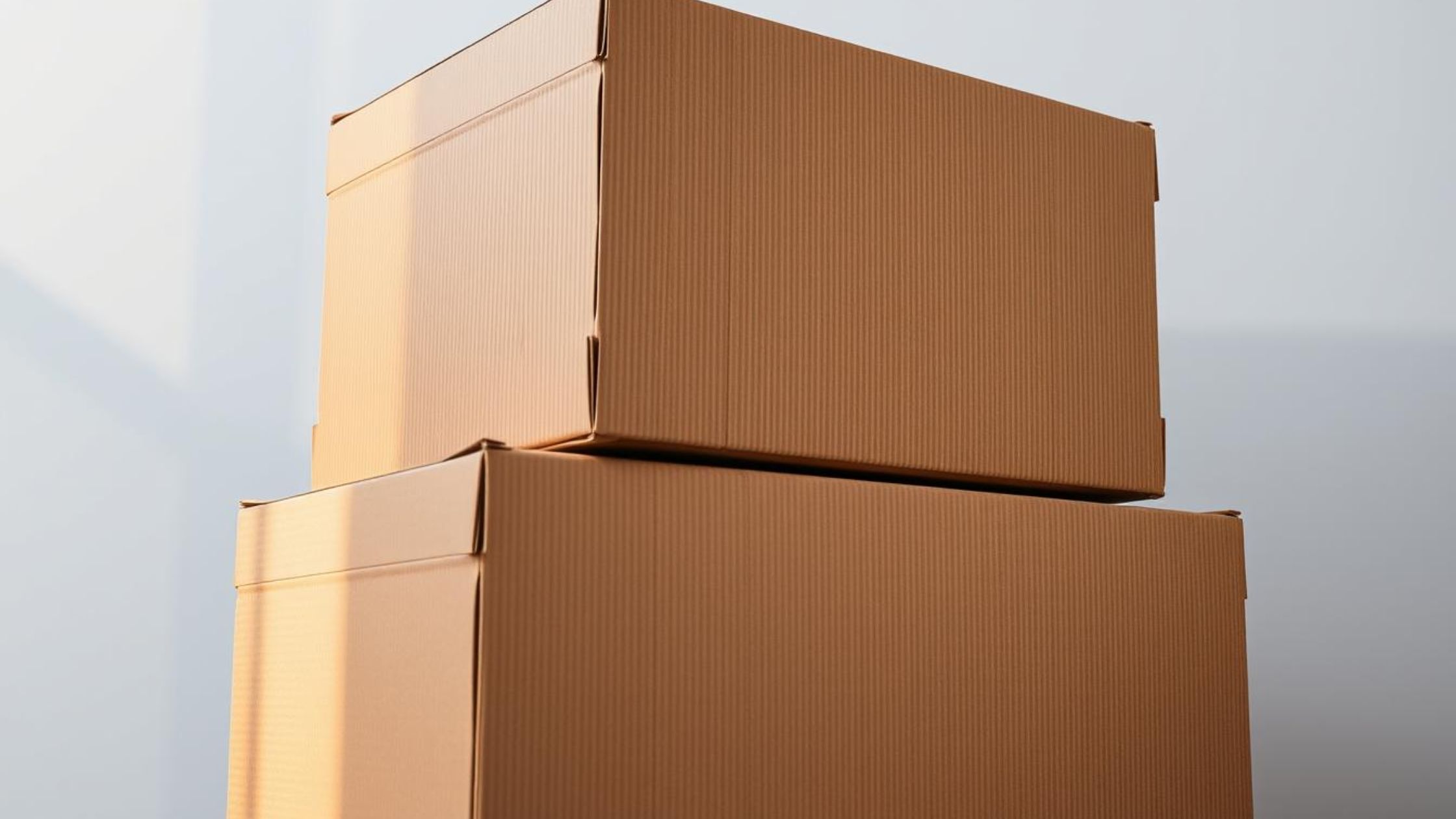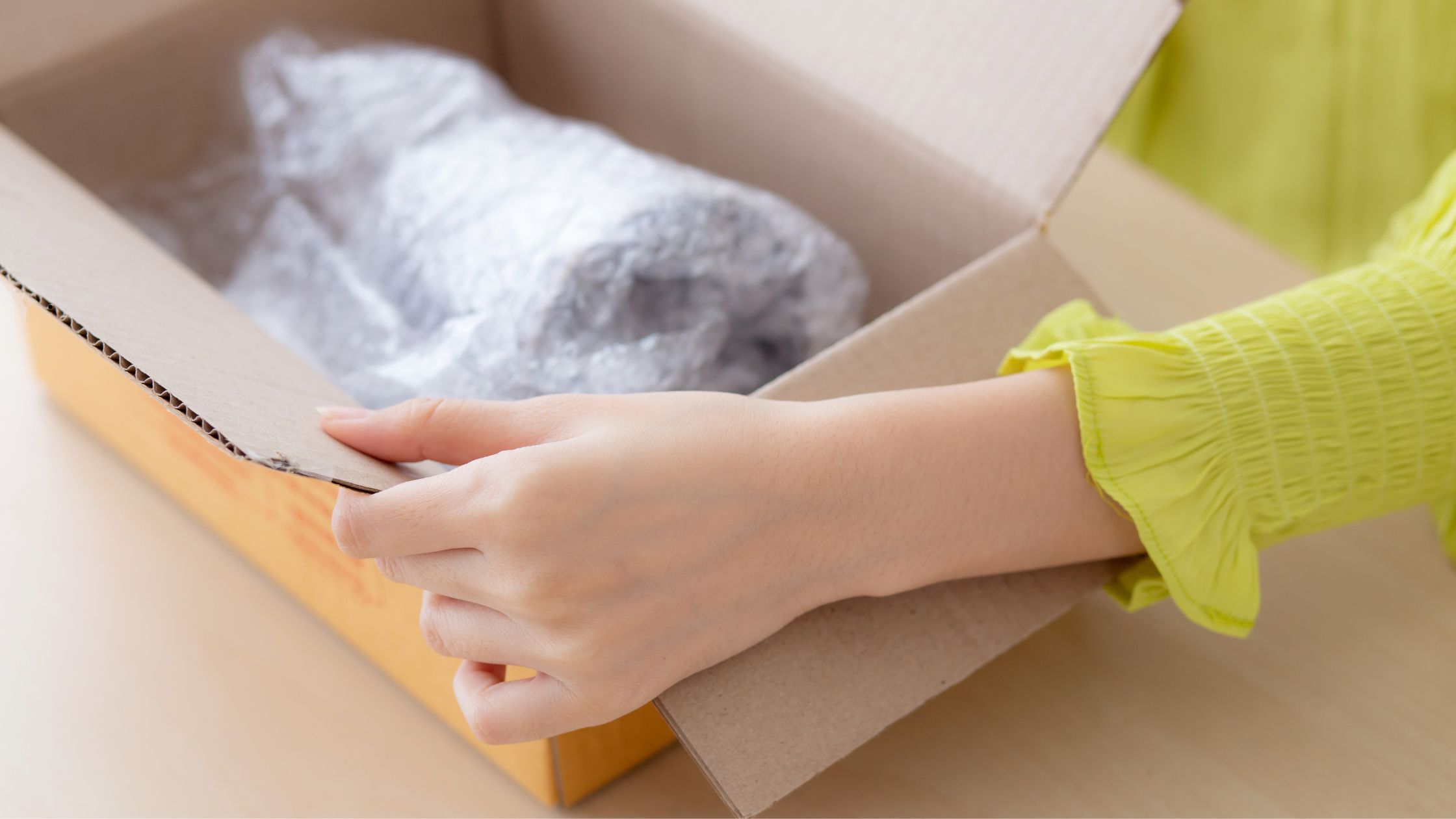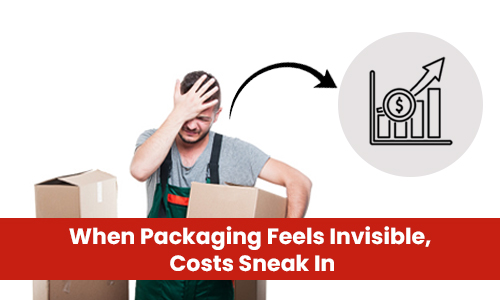
Custom Boxes vs. Stock Sizes: What the Internet Isn’t Telling You
Introduction
Choosing between custom boxes and stock boxes often feels like picking between personality and speed. But today’s packaging decisions influence your shipping efficiency, storage footprint, and brand impact.
Want a sharp insight? Products featuring sustainability cues and custom packaging have seen a 28% increase in sales over five years, according to McKinsey & Company. That kind of performance shows how smart packaging design does more than look good, it sells.
This blog digs into what stock sizes can offer, when custom shipping boxes create next-level ROI, and how you can use technical insights, including SKU optimization, dimensional weight, and automation compatibility, to shape a smarter packaging strategy.
Ready for actionable packaging intelligence?
What Custom and Stock Really Mean Today
The packaging landscape has evolved. “Stock” no longer means generic or rigid, and “custom” no longer implies expensive or slow. But to make the right decision, you need to understand what you are actually choosing.
Stock Boxes: Standardized, Scalable, and Immediately Available
Stock box sizes are pre-manufactured, typically depending on industry-standard dimensions (like 12"x12"x12"). These are ideal for fast-moving SKUs, low complexity shipments, or when speed takes priority. They are often used in eCommerce fulfillment centers, retail warehouses, and high-volume distribution models.
You will find stock options in kraft or white, most with basic strength ratings (like 32 ECT), ready to be pulled off the shelf and packed in seconds.
Best for:
- Warehouses with high-volume, uniform products
- Businesses that ship items with consistent dimensions
- Fulfillment models with limited storage variation
Custom Boxes: Engineered Fit Meets Brand Precision
Custom packaging boxes are made to fit your exact product dimensions and handling requirements. Whether you are shipping fragile electronics, subscription kits, or unusually shaped products, custom size shipping boxes help reduce void fill, improve load stability, and lower dimensional weight charges.
They also let you control every packaging detail. From board strength and flute type to branded print and protective inserts. And with improvements in digital manufacturing, MOQ and lead times are more flexible than ever.
Best for:
- Products that vary in shape or require additional protection
- Brands that want control over unboxing and presentation
- Businesses optimizing freight cost and warehouse packaging efficiency
Use-Case Fit: How Your Industry Should Decide
Different businesses don’t just ship different products. They move them through very different ecosystems. That is why the custom vs. stock box conversation should always start with one simple question: how does your product flow?
A subscription brand shipping 800 curated kits per day has a packaging challenge that is miles apart from a B2B supplier moving bulk hardware parts. Similarly, a retail product preparing for a seasonal launch operates on very different timelines, constraints, and presentation goals compared to a DTC business managing rolling fulfillment.
Understanding these distinctions helps clarify where custom packaging boxes shine, and where stock box sizes still play a smart role.
- Subscription and DTC Brands often benefit most from tailored packaging. Products vary, margins are tight, and brand experience plays a critical role in retention. Custom size packaging boxes minimize dimensional weight charges and enhance unboxing, without adding void fill or increasing returns.
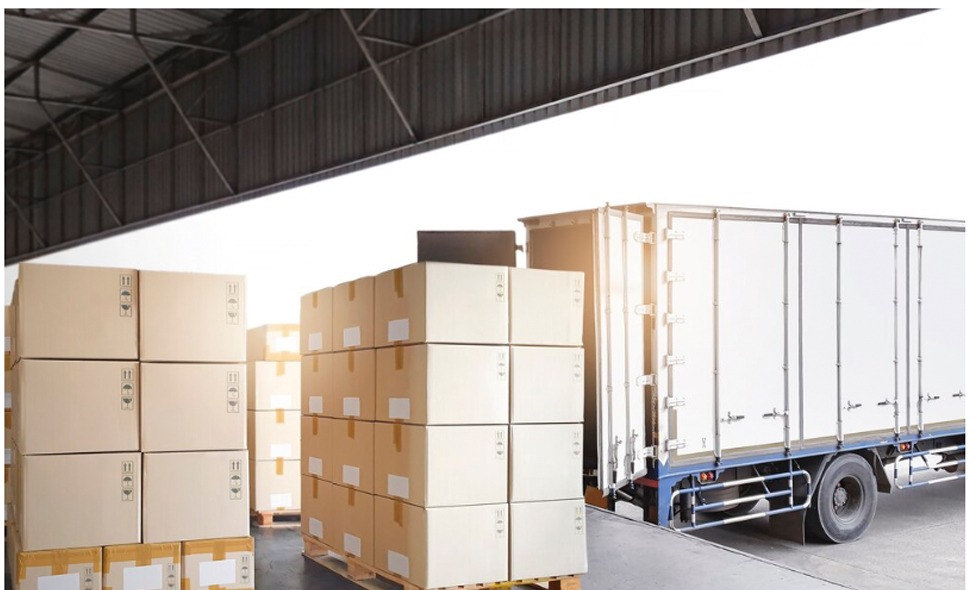
- Retail-Ready Displays or Shelf Packs call for a different kind of custom. These are not just boxes. They are part of the merchandising strategy. Here, custom die-cut packaging boxes give you exact fit, print-ready surfaces, and built-in structure for retail shelves or floor placement.
- Seasonal and Promotional Runs do not always need fully custom solutions. Semi-custom box templates based on modular tooling allow for fast-turn runs without sacrificing presentation. These can be especially useful for businesses managing multiple short-term campaigns throughout the year.
Here, it is all about matching the right tool to the job. When packaging aligns with how the product is sold, shipped, and received, it supports not just logistics, but growth.
The Real Cost Equation: Material, Volume, Time, and Logistics
Choosing between stock and custom packaging is not just a branding or aesthetic decision; it’s rather a cost strategy. Every box size, material grade, and die-cut affects the numbers in your P&L, from freight invoices to floor space.
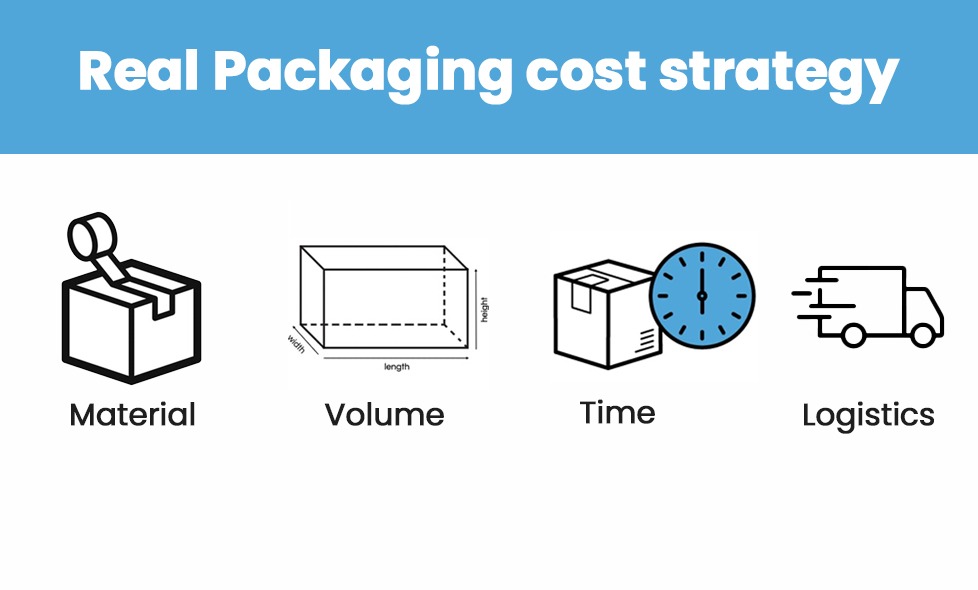
Let us break down the real levers that impact cost:
Material Efficiency
Custom packaging boxes give you tighter dimensional control. When your box closely matches your product dimensions, you use less filler, reduce cube space, and improve stacking. That translates into fewer wasted materials and cleaner internal packing workflows.
On the other hand, stock boxes often come in standard corrugated board strengths, which may not match the actual protection your product needs. You may end up overpaying for thicker board or repacking with additional cushioning, both avoidable.
Volume Strategy
High-volume businesses can benefit from both models, if aligned with demand patterns. Custom size shipping boxes allow you to optimize your most frequently used SKUs. Stock box sizes may be better suited for slow-moving items or variable-size fulfillment where flexibility matters more than precision.
Warehouse packaging efficiency also plays a role. Fewer box SKUs typically mean simpler training, faster packing, and cleaner pick paths—all of which drive down per-unit labor costs.
Time and Setup
Speed matters. Traditional custom box orders used to involve longer lead times, but with digital prototyping, on-demand dielines, and flexible minimum order quantities, that is changing. Many packaging suppliers now offer custom printed shipping boxes with turnaround times competitive with stock reorders.
At the same time, stock boxes win in emergencies. If you need to restock packaging in 48 hours, having a few proven sizes in your playbook gives you breathing room.
Freight and Logistics
Dimensional weight pricing is here to stay. A custom-sized box can save up to 30% on shipping costs simply by eliminating excess air. Consolidating your SKUs to a handful of dimensional weight–optimized options lets you stack pallets better, load trucks tighter, and reduce parcel surcharges
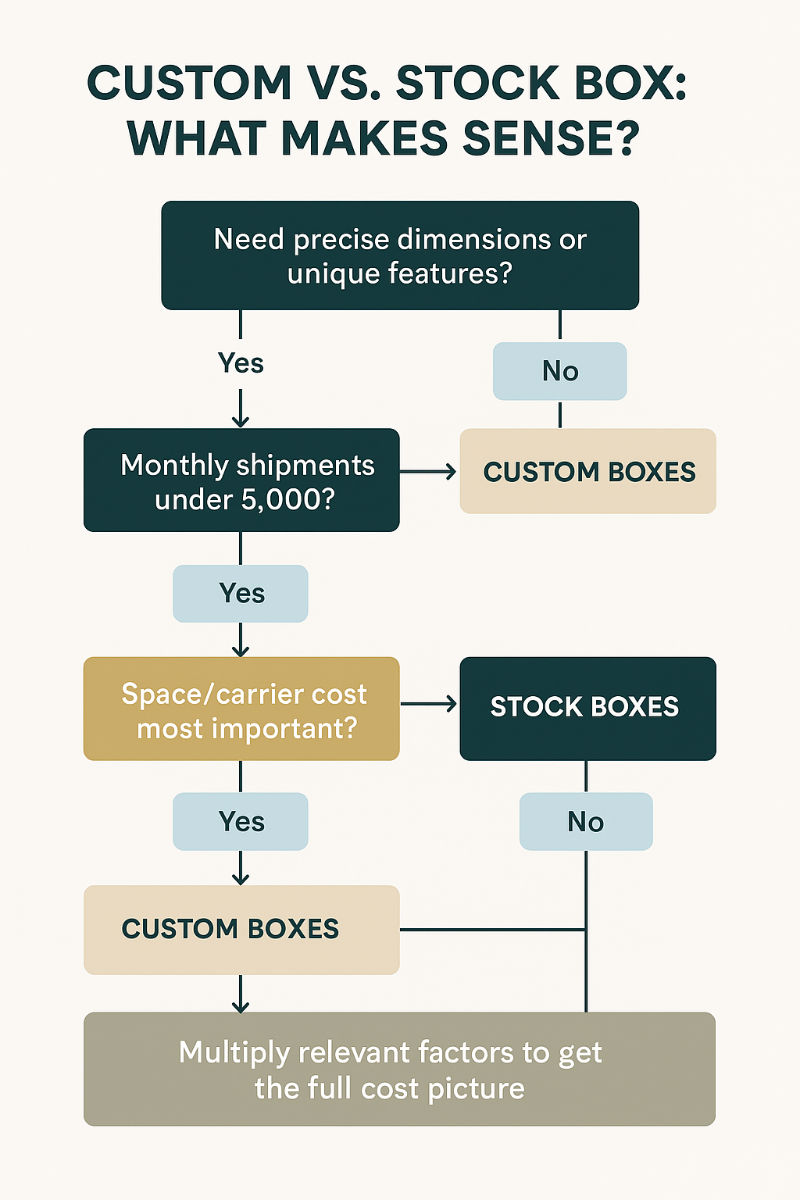
How Customization Has Evolved
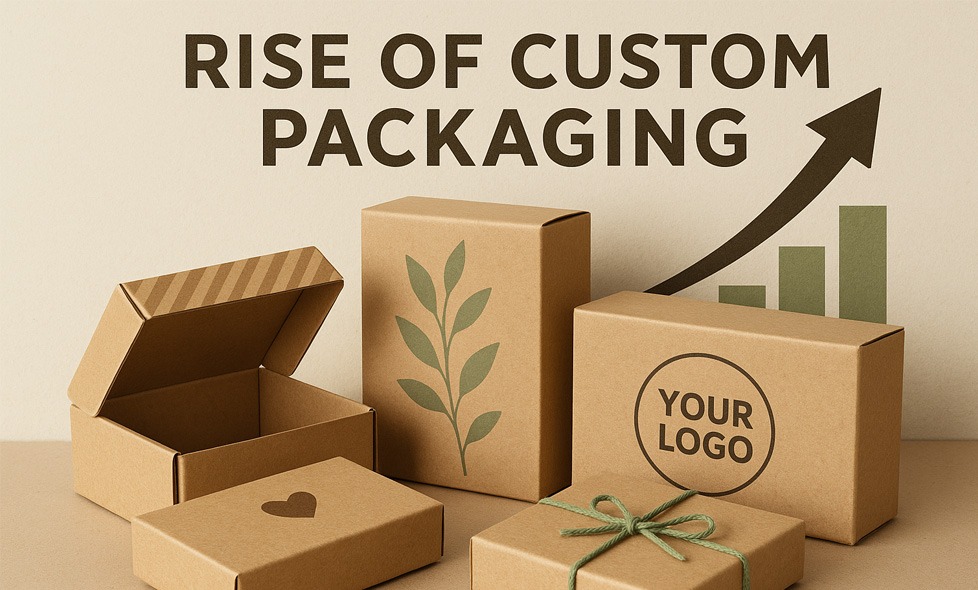
A few years ago, custom packaging was seen as a luxury; expensive, slow, and only worth it for massive brands. That is no longer the case. Today, modern tooling and digital infrastructure have lowered the barrier to entry, making custom shipping boxes a viable option for businesses of all sizes.
- New Standards in Customization. CAD-based sizing tools, dieless prototyping, and digital press systems now let manufacturers create custom size packaging boxes without lengthy setup times or high minimums. These advances allow your packaging to be shaped around your actual products, not the other way around.
- Myth-Busting the Old Assumptions. Custom doesn't automatically mean expensive. With the right volume and material match, custom packaging boxes often save more in downstream logistics than they cost upfront.
It is also no longer slow. Many packaging suppliers now use modular custom dielines to speed up the process. For repeat orders, these dielines become your business’s default spec, ready to use on demand.
And yes, the MOQ is lower than ever. For many U.S.-based converters, 250 units is all it takes to launch a fully custom corrugated packaging program.
What It Means for Small Businesses. Small business packaging solutions are now more agile. You can test formats, adjust sizes, and even run limited-edition packaging without locking yourself into long-term commitments.
Customization has shifted from being a reactive marketing request to a proactive supply chain decision. It is a tool, one that gives you more control over shipping cost, unboxing experience, and operational flow.
Blended Models: Hybrid Custom–Stock Sizing
Not every packaging decision needs to fall into “custom” or “stock.” In fact, many fast-scaling businesses are adopting a hybrid strategy that blends the reliability of stock with the precision of custom sizing.
This model works especially well when you need:
- Standard outer dimensions for palletization or shipping consistency
- Custom inner die-cuts or inserts for product protection and fit
- Flexible ordering without committing to full custom production cycles
Real-World Application
Let’s say your operation runs multiple SKUs that fit within a standard 12x10x4 box. Instead of creating custom outer packaging for each SKU, you maintain that one stock box and swap out internal components (corrugated inserts, die-cut trays, or layered cushioning) as needed. The result: speed, protection, and brand consistency without inventory bloat.
This hybrid approach also improves SKU optimization. By aligning packaging SKUs with product groupings instead of individual items, you reduce overpacking, simplify training, and streamline warehouse packaging efficiency.
It is a scalable path forward, especially for businesses testing new lines, managing seasonal packaging needs, or fine-tuning their supply chain packaging setup without disrupting proven workflows.
Final Considerations: Think Like a Supply Chain Strategist

Box sizing shapes everything from how products move across your floor to how efficiently they land at your customer’s door. A good fit supports smooth picking, smart storage, streamlined shipping, and consistent unboxing.
Stock sizes bring speed, simplicity, and alignment across multiple SKUs. Custom sizes bring product-level precision, optimized shipping weight, and stronger brand presence. Many packaging businesses build systems that use both: standard footprints for consistency, and tailored specs where necessary.
At UCanPack, we help you make these decisions with confidence. Whether you’re scaling, reworking, or refining, our team’s here to support smarter packaging workflows.
You can start exploring custom sizing options here, or reach out if you want to test a few ideas before locking anything in.

